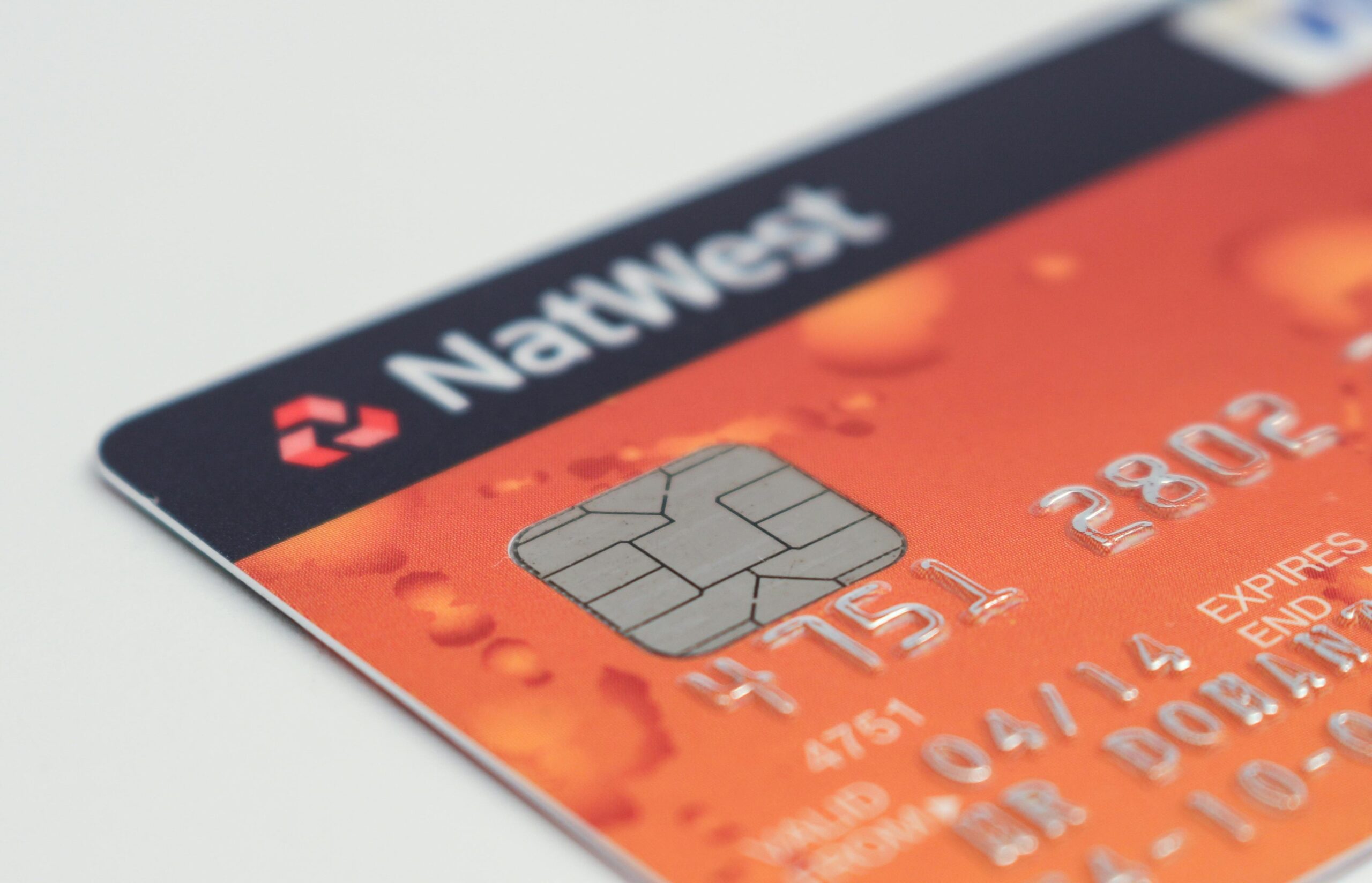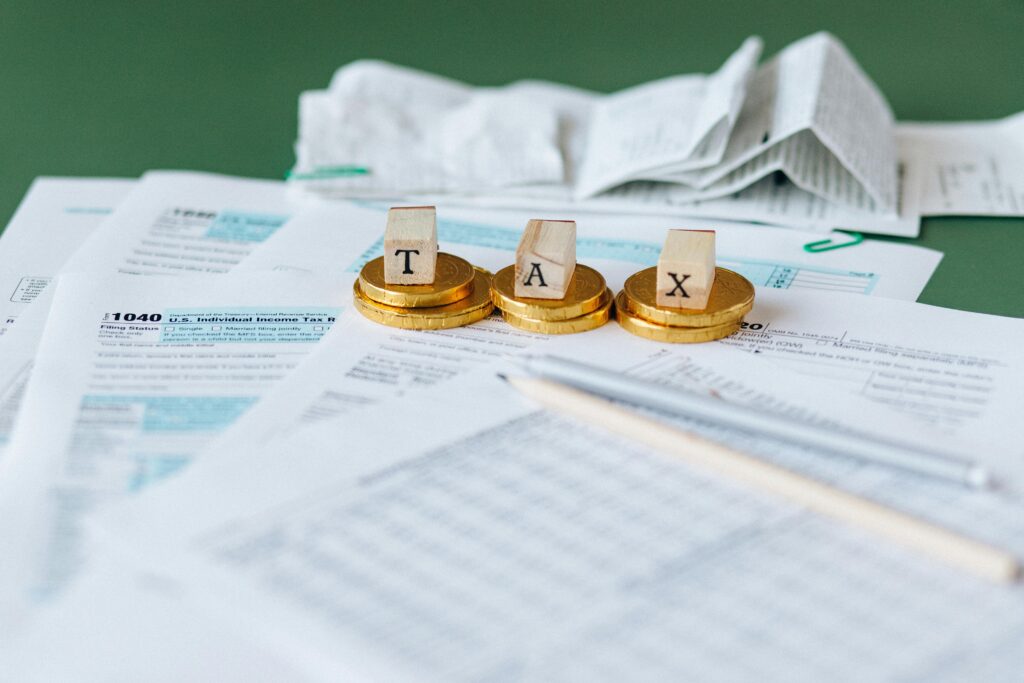Ever bought a gadget only to have it break days after the store’s return window slammed shut? Credit card return protection could’ve saved your day… if you’d only known about return period limits. But alas, most of us don’t—until it’s too late. Today, we’re diving deep into mastering this hidden gem so you can avoid future heartache.
This blog will break down everything you need to know about return period limits for credit card return protection. By the end, you’ll know how these policies work, their limitations, and some legit tips (and one terrible tip) to make them work for YOU.
Table of Contents
- Key Takeaways
- What Is Credit Card Return Protection?
- How Does the Return Period Work?
- Step-by-Step Guide on Using Return Protection
- Best Practices for Maximizing Benefits
- Examples of Successful Claims
- Frequently Asked Questions
- Conclusion
🔑 Key Takeaways
- Credit card return protection often has strict return period limits, usually ranging from 60 to 90 days.
- Not all purchases qualify—read your policy carefully!
- Document EVERYTHING when making a claim; receipts aren’t optional, folks.
- Some cards offer perks like extended warranties, which complement return protection.
- Pro Tip: Always check expiration dates and terms before relying on this feature.
🤔 What Is Credit Card Return Protection?
Here’s my confession: Once upon a time, I returned a toaster using an expired receipt because *surely* customer service would forgive me. Spoiler alert—they didn’t. That’s where credit card return protection steps in as your financial knight in shining armor.
Many premium credit cards automatically provide this benefit. It allows you to recoup the cost of eligible items if the retailer refuses returns due to exceeded timelines or other restrictions. However, there’s a catch: every program comes with pesky little rules called return period limits.

Alt Text: An infographic illustrating key aspects of credit card return protection, including coverage caps and duration periods.
⏳ How Does the Return Period Work?
The “return period” is essentially the grace period during which you’re allowed to file a claim under your credit card’s return protection plan. Here’s the deal:
- Major issuers like Visa Signature®, Mastercard®, and American Express® set their own rules.
- The typical range? Anywhere from 60 to 90 days post-purchase.
- Missing that window means forfeiting your right to file—even if the item literally fell apart overnight.
Sad trombone sound effect here.
However, these return period limits vary wildly depending on the issuer—and sometimes even between different cards within the same issuer. Let’s dig deeper.
📝 Step-by-Step Guide on Using Return Protection
Step 1: Confirm Eligibility
First things first—does your purchase qualify? The fine print might surprise you. For example, most return protection plans exclude:
- Items purchased more than X number of days ago.
- Refurbished or clearance products.
- Anything over a certain dollar amount (e.g., $500).
Hot take: This is why cash isn’t always king. Your credit statement acts as proof of purchase, unlike that crumpled cash-register slip gathering dust in your wallet.
Step 2: Gather Documentation
Your enemy here? Sloppiness. You’ll need:
- A clear copy of the original receipt.
- Photos proving damage or defectiveness.
- The dreaded denial letter from the retailer explaining why they won’t accept the return.
Rant Section Alert 🚨: Why do stores insist on printing those flimsy thermal-paper receipts?! Half the battle is preserving these treasures long enough to use them. Ugh.
Step 3: File the Claim Within the Return Period Limit
Call your card issuer pronto once you hit a roadblock at the store. Their customer service reps will guide you through their specific process—but remember: DON’T MISS THE DEADLINE. These timelines are carved in stone, my friend.

Alt Text: A flowchart outlining the steps required to successfully file a claim for credit card return protection, highlighting critical deadlines.
💡 Best Practices for Maximizing Benefits
- Know Thy Cardholder Agreement: Read up! Each card treats return period limits differently.
- Mix & Match Cards Strategically: Have both travel rewards AND shopping-focused cards? Use the latter for big-ticket items covered by robust return policies.
- Stay Organized: Track your receipts digitally. Apps like Shoeboxed can digitize messy paper trails instantly.
- Beware the Terrible Tip™: DON’T assume return protection covers EVERYTHING. Items like vehicles, animals, and real estate typically aren’t included. Ever tried filing a claim for Fluffy the cat? Yeah, not happening.
📈 Examples of Successful Claims
Let’s say Jane bought a new tablet online, only for it to die unexpectedly after 45 days. Her favorite electronics chain rejected her return since its policy capped returns at 30 days. Enter her trusty Discover It® Card: she filed a claim, provided documentation, and received full reimbursement—no sweat.
In another instance, John snagged a designer jacket marked “final sale.” When the zipper broke within two months, he assumed all hope was lost. Thanks to his Chase Sapphire Reserve®, he got his money back despite the retailer refusing refunds.
❓ Frequently Asked Questions
Q: Are all purchases protected by return guarantees?
Nope. Most exclusions relate to perishables, digital goods, and luxury items exceeding pre-set price thresholds.
Q: Can I extend the return period beyond the standard limit?
Unfortunately, no. But you CAN pair this perk with extended warranty coverages offered by many credit cards—a lifesaver for faulty appliances.
Q: Do prepaid cards carry similar protections?
Rarely. Stick to reputable credit cards for reliable benefits.
🌟 Conclusion
To sum up:
- Master your card’s return period limits to avoid missed opportunities.
- Always keep records and document interactions with retailers.
- Use credit card return protection strategically alongside complementary perks.
So next time life throws lemons at you—or broken blenders—you’ll know exactly what to do. Remember, knowledge + organization = fewer headaches. Grumpy Optimist Dialogue anyone? 😅
“Optimist You:” ‘Just follow the guide above!’
“Grumpy You:” ‘Yeah, yeah—but only if snacks are involved.'”
P.S. Like finding Waldo in a crowd, spotting return period traps takes skill. Keep practicing—it pays off like discovering Game Boy cheats back in the day. 😉

